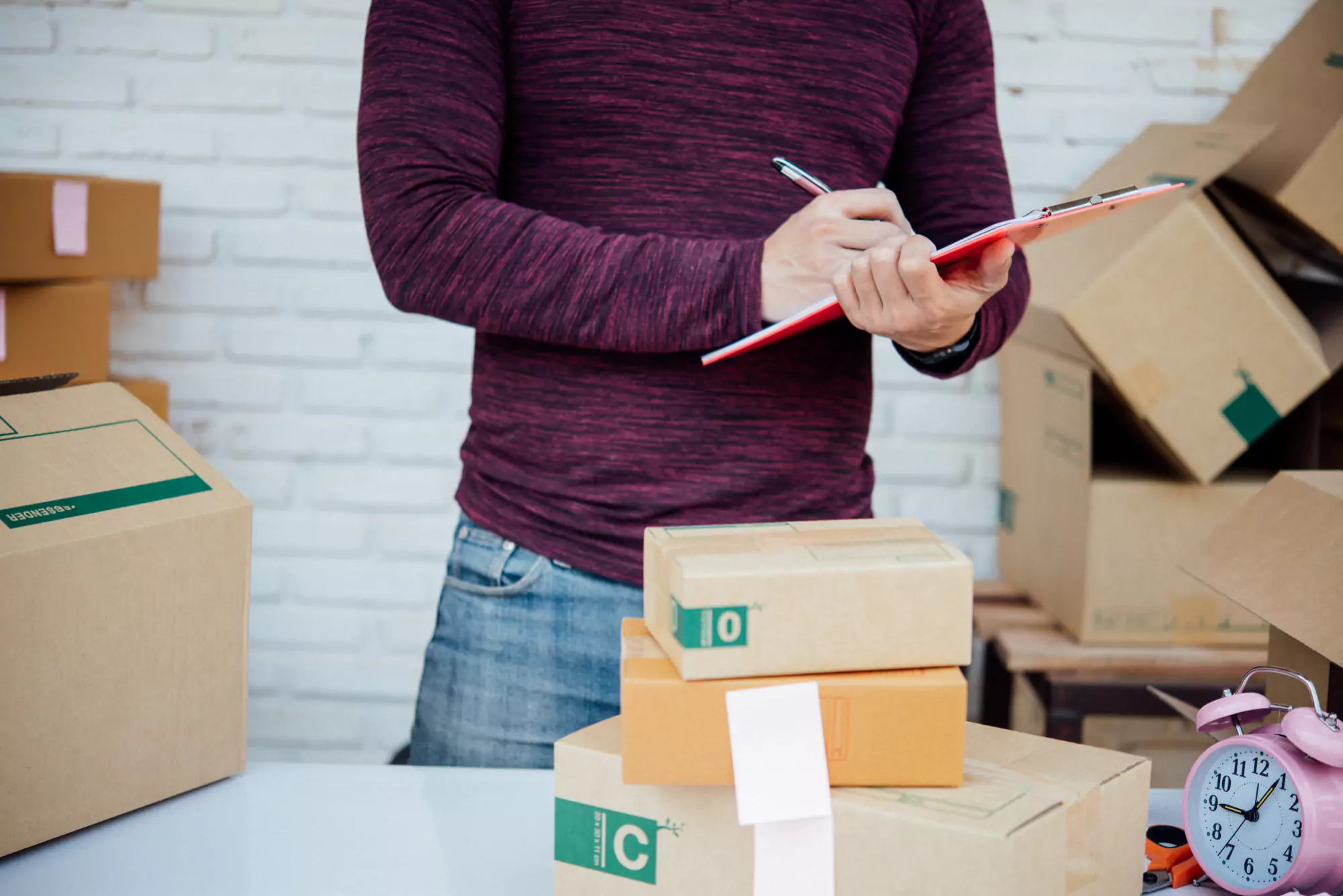In-house fulfilment or hiring a third-party logistics 3PL provider can make e-commerce fulfilment more accessible and complete. In house fulfilment is quite expensive. Not just that, 75% of shippers claim that they saved logistic costs due to 3PL services. Continue reading this blog to learn about e-commerce fulfilment and its strategies.
What is Ecommerce fulfilment?
E-commerce fulfilment is for shipping products of various categories. It can be business-to-business or business-to-consumer.
Don’t you think it’s a big hassle to check, pack, and ship every order yourself? 3PL allows you to focus on the growth of your business while they manage all the hassle for you. Researchers have mentioned that, the companies who have relied on a 3PL tend to get 86% more customer service than the remaining in-house management companies in the UK.
E-commerce fulfilment is helpful for organisations that ship many products or want to send their products directly to their customers’ homes. However, there are many steps involved in this process, from routing and managing inventory to choosing the correct packaging for the lowest practical dimensional weight. These steps make up the entire fulfilment process.
It is necessary to check order processing and batches being created, and then once the order ships, the customer should receive the tracking information so that they can stay up-to-date with their stocks.
Order fulfilment process steps
The following are the order fulfilment process steps:
Receiving order:
The first step in order fulfilment is to receive the inventory from suppliers. This part of the supply chain can affect customer satisfaction and loyalty. During this first stage, eCommerce operators have to receive products, confirm the number of units, inspect each item, and sort accordingly.
Storing Inventory:
Inventory is stored based on assigned locations in the warehouse. After receiving the inventory, the next step involves sorting the items and systematically storing them in a warehouse or storage facility. This course is vital in ensuring smooth order processing. Keeping inventory should be strategic, transparent, and accurate. Failing to be diligent with this process can result in shipping delays and profit losses.
Order Processing:
Order processing starts once the order is placed. The requested items are picked and packed according to each order. For companies that choose to keep fulfilment in-house, order processing entails picking products from storage, inspecting the items for damage, and handing off the orders for packaging. If inventory storage is systematic, order processing is more efficient.
Item Packing:
Items are packed with the appropriate packing materials to ensure the safety of all items shipped. These process steps emphasise the importance of being diligent with inventory management and storage.
Delivery of Products:
Most fulfilment companies will offer shipping through FedEx, UPS, or USPS. Tracking information for all shipments is provided. This stage of order fulfilment is where third-party carriers or in-house riders receive the packages and deliver them to the buyers. The delivery cost depends on the size, dimensional weight, and destination of the order. After the hand-off, retailers must send orders or shipment tracking to the customers.
Managing Returns and Refunds:
The order fulfilment process does not end with the customer receiving their orders. Handling returns is as crucial as any other part of the supply chain. Most consumers only patronise online businesses with an easy returns process. Most fulfilment companies like Prolog Fulfilment will handle returns and refunds based on the business rules.
Three strategies for e-commerce fulfilment
Let’s discuss the three strategies for e-commerce fulfilment:
In-house fulfilment
Many e-commerce businesses manage the fulfilment process of orders themselves. This includes all the tasks from receiving orders to delivering them, which means they have their industry, labour, technology, and other assets; hence, they don’t need any third-party fulfilment company or assistance.
It is best to go for in-house fulfilment if you get fewer than 100 orders monthly.
There are many benefits of in-house fulfilment. It gives you complete control over your product and customer support, feedback, and fulfilment processes. It means you can do your package styling, branding, and shipping. In-house fulfilment gives you low-cost startups and lower shipping costs. However if your order increases in complex numbers, companies have to hire assistance and management which eventually leads to increased cost per product, which can act as a big drawback to the business, so they tend to shift to 3PL.
Dropshipping
The term “dropshipping” describes having an outside shipping business handle the packing and shipment of products purchased from an online retailer. By definition, dropshipping is an individual procedure in which merchants play no role. Your company will not need to calculate profits or get involved in the delivery process because the supplier manages all of this.
Dropshipping has been very beneficial for import businesses as it has been used by 22-33% of internet retailers. It is a low-cost startup and can be helpful for small businesses. For example, many Korean ski products are in demand nowadays. By ordering makeup directly from a dealer in Korea and forwarding those shipments directly to the client, retailers cut out the time-consuming process of importing, storing, and merchandising these orders.
Third-party logistics
In 2024, 3PL is predicted to make $1.17 trillion. It is a fast-growing startup that helps you sell products directly to your customers. Companies are already occupied with many orders, client queries, and product management. Therefore, 3PL services exist to identify all errors and failings of your e-commerce company.
Third-party logistics is an element of supply chain service that includes all the essential stages of sourcing products, checking inventory storage, order management, shipping products, cross-docking, picking, and packing. For order fulfilment, 3PL is being used by 79% of ecommerce businesses.
Conclusion
Ensuring fast and affordable shipping to your customers is crucial in every e-commerce business. Hence, at Prolog Fulfilment, we make sure to provide a strategic fulfilment service so that as your business grows, our strategies can also shift and evolve as per needed.
FAQs
Q1. How does e-commerce fulfilment work?
E-commerce fulfilment works when a customer places an order and ends when the shipping carrier delivers the package to the customer’s desired location.
Q2. What are e-commerce fulfilment strategies?
Every strategy’s primary methods are in-house fulfilment, drop-shipping, fulfilment by app/brand, and third-party logistics.
Q3. What are some methods to improve the whole procedure of e-commerce fulfilment?
The best way to improve order fulfilment services is to select suitable shipping services, enable end-to-end order visibility, and communicate with clients to seek feedback and reviews.
Q4. What are some third-party logistic companies in the UK?
Prolog Fulfilment is the best 3PL service because many ecommerce businesses trust this company. It includes all the essential stages of sourcing products, checking inventory storage, order management, shipping products, and delivering right to the customer’s doorstep.







